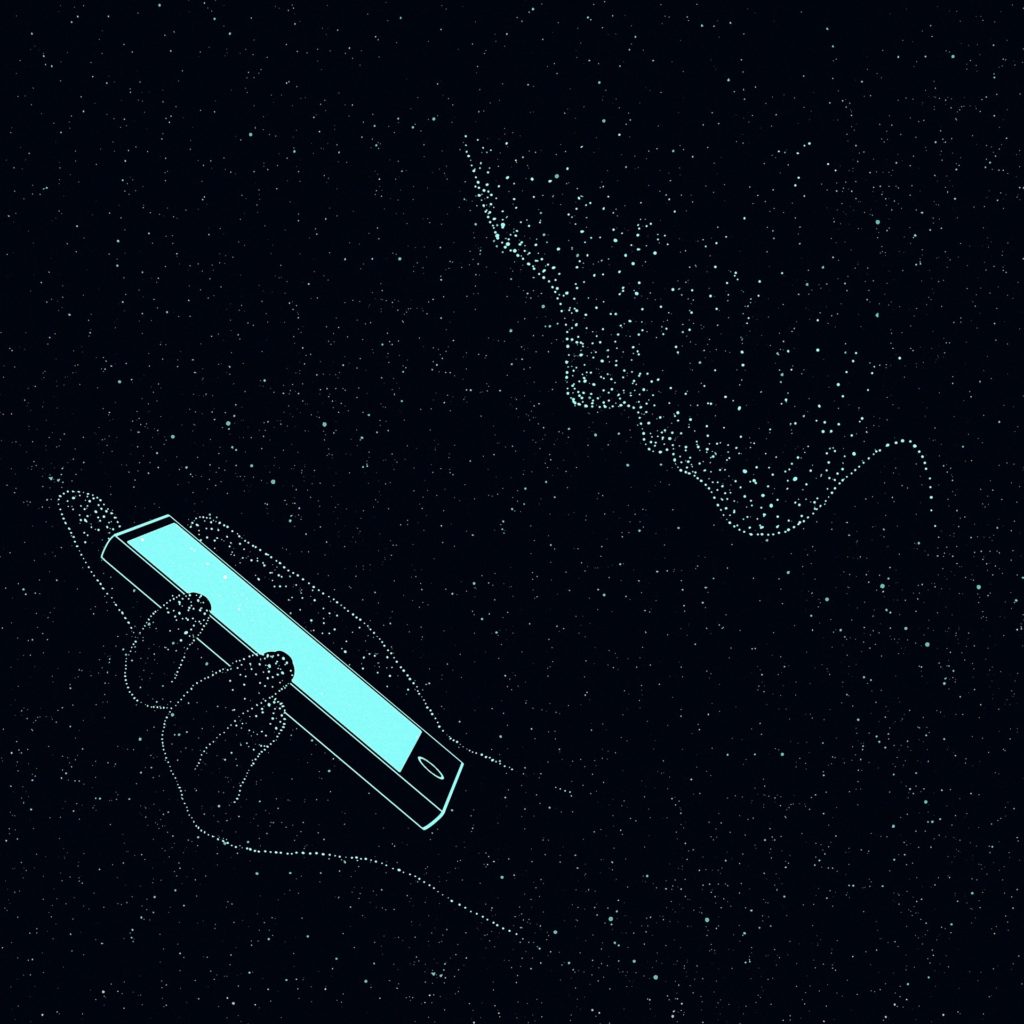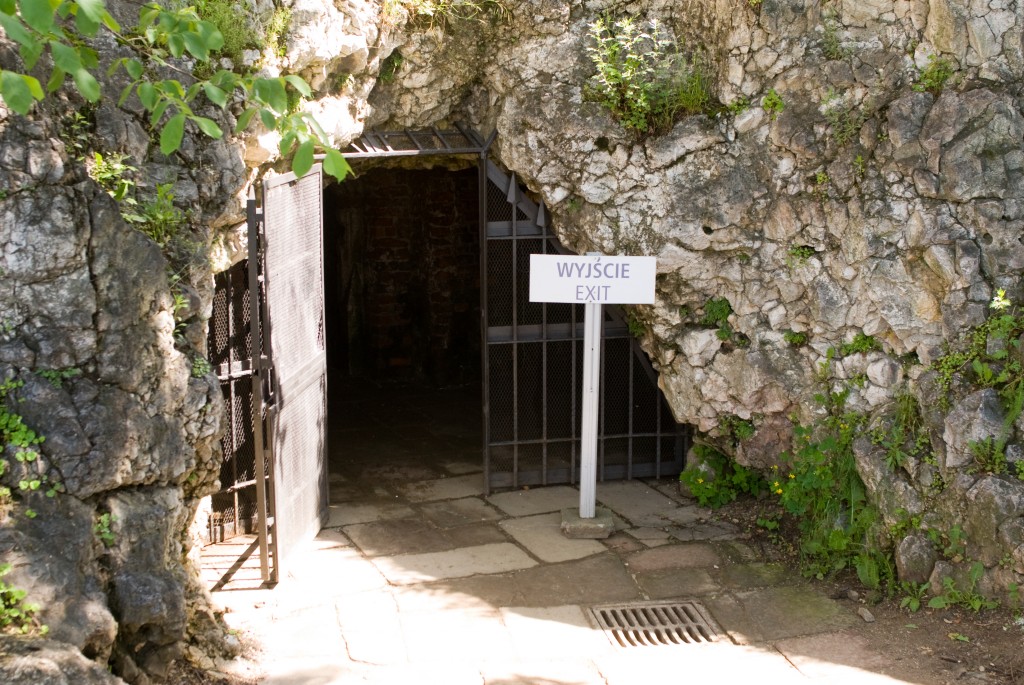
In this video, learn how to use CBD for Anxiety and CBD for Insomnia!

People who suffer from insomnia were 69% more likely to have a heart attack compared to those who didn’t have the sleep disorder during an average nine years of follow-up, according to new research being presented at the American College of Cardiology’s Annual Scientific Session Together With the World Congress of Cardiology. In addition, when looking at sleep duration as an objective measure of insomnia, researchers found that people who clocked five or fewer hours of sleep a night had the greatest risk of experiencing a heart attack. People with both diabetes and insomnia had a twofold likelihood of having a heart attack.
“Insomnia is the most common sleep disorder, but in many ways it’s no longer just an illness, it’s more of a life choice. We just don’t prioritize sleep as much as we should,” said Yomna E. Dean, a medical student at Alexandria University in Alexandria, Egypt, and author of the study. “Our study showed that people with insomnia are more likely to have a heart attack regardless of age, and heart attacks occurred more often in women with insomnia.”
Dean and her research team are hopeful that the current study will help draw attention to the role that sleep disorders may play in heart health. Insomnia may include trouble falling asleep, staying asleep or getting good quality sleep. Growing in prevalence, insomnia is estimated to affect 10% to 30% of American adults, affecting women more than men. While studies have linked insomnia to cardiovascular and metabolic diseases, this analysis is the largest to date.
“Based on our pooled data, insomnia should be considered a risk factor for developing a heart attack, and we need to do a better job of educating people about how dangerous [lack of good sleep] can be,” Dean said.
For their analysis, the researchers conducted a systematic review of the literature that yielded 1,226 studies—of these, nine studies originating from the U.S., United Kingdom, Norway, Germany, Taiwan and China were selected for inclusion. All told, data for 1,184,256 adults (43% of whom were women) were assessed. The average age was 52 years and 13% (153,881) had insomnia, which was defined based on ICD diagnostic codes or by the presence of any of these three symptoms: difficulty falling asleep, difficulty staying asleep or waking early and not being able to get back to sleep. People with obstructive sleep apnea were not included. Most patients (96%) did not have a prior history of heart attack. Heart attacks occurred in 2,406 of those who had insomnia and 12,398 of those in the non-insomnia group.
Based on the pooled data, there was a statistically significant association between insomnia and having a heart attack after controlling for other factors that could make a heart attack more likely such as age, gender, comorbidities and smoking. This association between insomnia and heart attack remained significant across all subgroups of patients, including younger and older age (<65 and >65), follow-up duration (more or less than five years), male and female sex, and common comorbidities (diabetes, high blood pressure or cholesterol).
“Not surprisingly, people with insomnia who also had high blood pressure, cholesterol or diabetes had an even higher risk of having a heart attack than those who didn’t,” Dean said. “People with diabetes who also have insomnia had a twofold likelihood of having a heart attack.”
Moreover, people who reported five or less hours of sleep a night were 1.38 and 1.56 times more likely to experience a heart attack compared with those who slept six and seven to eight hours a night, respectively. Dean said there was no difference in the risk of heart attack between those getting five or less or nine or more hours of sleep a night, which supports findings from previous studies that have shown that getting too little or too much sleep can be harmful to heart health. Dean and her team found that patients who slept six hours had a lower risk of heart attack compared with those who slept nine hours.
In a separate analysis, the researchers sought to determine whether individual insomnia symptoms are associated with a higher risk of heart attack. Disorders of initiating and maintaining sleep—that is, trouble falling or staying asleep—were also tied to a 13% increased likelihood of heart attack compared with people without these symptoms.
Non-restorative sleep and daytime dysfunction, however, were not associated with heart attack, suggesting that those who only complain of feeling unrefreshed upon waking up without any lack of sleep aren’t at an increased risk of heart attacks, Dean said.
Based on the findings, Dean said it is important that people prioritize sleep so they get seven to eight hours of quality sleep a night.
“Practice good sleep hygiene; the room should be dark, quiet and on the cooler side, and put away devices. Do something that is calming to wind down, and if you have tried all these things and still can’t sleep or are sleeping less than five hours, talk with your doctor.”
The study had some limitations, including that most of the studies assessed relied on participants self-reporting on sleep behaviors using questionnaires, although heart attacks were validated by medical reports.
Lower use of drugs for depression, anxiety, insomnia, high blood pressure, and asthma in city dwellers. Findings independent of income and educational attainment

Frequent visits to urban green spaces, such as parks and community gardens in Finland, rather than the amount, or views of them from home, may be linked to lower use of certain prescription meds, suggests research published online in Occupational & Environmental Medicine.
The observed associations between frequent green space visits and lower use of drugs for depression, anxiety, insomnia, high blood pressure, and asthma were not dependent on socio-economic position.
Exposure to natural environments is thought to be good for health, but the evidence is inconsistent, say the researchers.
They wanted to determine if the amount of residential green and blue space (bodies of water), frequency of green space visits, and views of green and blue spaces from home might be separately associated with certain prescription meds.
They chose prescription meds as a proxy for ill health and those for anxiety and insomnia, depression, high blood pressure, and asthma, mainly because they are used to treat common and potentially severe health issues.
They drew on the responses of 16,000 randomly selected residents of Helsinki, Espoo, and Vantaa, to the Helsinki Capital Region Environmental Health Survey in 2015-16. These three cities make up the largest urban area in Finland.
The survey gathered information on how city dwellers, aged at least 25, experience residential green and blue spaces within a 1 km radius of their homes.
Respondents were also asked to report their use of prescribed meds—drugs for anxiety, insomnia, and depression, collectively known as psychotropic drugs; high blood pressure and asthma drugs—if applicable, for periods ranging from within the past week up to more than a year ago or never.
They were also asked how often they spent time, or exercised outdoors, in green spaces, during May and September, with options ranging from never to 5 or more times a week.
And they were asked whether they could see green or blue spaces from any of their windows at home, and, if so, how often they took in these views, with options ranging from seldom to often.
Green areas were forests, gardens, parks, castle parks, cemeteries, zoos, herbaceous vegetation associations such as natural grassland and moors, and wetlands. Blue areas were defined as seas, lakes, and rivers.
Potentially influential factors were also considered, including health behaviours, outdoor air pollution and noise, household income and educational attainment.
The final analysis included approximately 6000 participants who provided complete information.
This showed that the amount of residential green and blue spaces, or views of them from home, weren’t associated with prescription meds for mental health, insomnia, high blood pressure or asthma.
But the frequency of green space visits was. Compared with less than one weekly visit, visiting 3-4 times weekly was associated with 33% lower odds of using mental health meds, 36% lower odds of using blood pressure meds, and 26% lower odds of using asthma meds.
The equivalent figures for visiting at least five times a week were 22%, 41%, and 24% lower.
These observed associations were weakened when weight (BMI) was factored in, particularly for asthma meds, as obesity is a known risk factor for asthma, point out the researchers.
The effects of visiting green spaces were also stronger among those reporting the lowest annual household income ( below €30, 000). But overall, the associations found didn’t depend on household income and educational attainment.
This is an observational study, so we can’t establish cause and effect. No information was available on illness severity, and better health may enable a person to spend more time outdoors.
Finland has high forest cover, while Finnish cities are relatively green, making it easy for those willing to use green spaces to access them with minimal effort, they add.
But they conclude: “Mounting scientific evidence supporting the health benefits of nature exposure is likely to increase the supply of high-quality green spaces in urban environments and promote their active use. This might be one way to improve health and welfare in cities.”

If insomnia keeps you awake at night, Flinders University researchers recommend a trip to the doctor – not for a sleeping pill prescription but for a short course of intensive behavioural therapy.
Researchers have developed new clinical guidelines for Australian doctors to give family GPs insights into the most effective treatment for insomnia – Cognitive Behavioural Therapy for insomnia (or ‘CBTi’).
CBTi improves insomnia, mental health and quality of life, and can be more successful than sleeping pills, say Adelaide Institute for Sleep Health (AISH) sleep experts from Flinders University in a new paper in the Australian Journal of General Practice.
Most patients with insomnia managed in general practice are prescribed potentially addictive sedative-hypnotic medicines (e.g. benzodiazepines), and never access the CBTi that would treat their underlying condition, they say.
“We are aiming to provide GPs with more information, accessible guidelines and tools, as well as referral and treatment options to manage insomnia with CBTi,” says lead researcher Dr Alex Sweetman from Flinders University.
“To get the ball rolling, our step-by-step model for GPs will identify, assess and treat insomnia with a Brief Behavioural Treatment for Insomnia program (BBTi).”
Brief Behavioural Treatment for insomnia leads to long-term improvement of insomnia, mental health, and overall quality of life, and can help patients reduce their use of sedative-hypnotic medicines.
This clinical review published in the Australian Journal of General Practice provides GPs with a description of a four-session insomnia treatment program that is tailored to the time limitations, knowledge, and capacity of general practice staff.
Dr Sweetman and his team are currently running two trials to provide GPs with a suite of tools and treatment options to manage patients with insomnia.
Chronic insomnia is characterised by difficulties getting to sleep, staying asleep, and/or early morning awakenings from sleep – with daytime impairments including reduced work productivity, fatigue and concentration difficulties.
Common in approximately 15% of the general population, it can persist for many years unless treated – ideally with non-pharmaceutical interventions.
Meanwhile, AISH and other sleep experts have also expanded ongoing investigations into better treatments for complex cases of combined insomnia, and sleep apnoea (COMISA), all conditions leading to doctor diagnoses and the need for targeted interventions.
The study of 2044 adult Australians found COMISA disorders are common and associated with increased medical and psychiatric co-morbidity, as well as poor general health.
“Much more investigation is required understand these combined disorders and improve diagnostic and treatment approaches,” researchers say in their paper, Prevalence and associations of co-morbid insomnia and sleep apnoea in an Australian population-based sample (2021) by A Sweetman, YA Melaku, L Lack, A Reynolds, TK Bill, R Adams and S Appleton has been published in Sleep Medicine (Elsevier) DOI: 10.1016/j.sleep.2021.03.023
More information at A step-by-step model for a brief behavioural treatment for insomnia in Australian general practice (2021) by Alexander Sweetman, Nicholas A Zwar, Nicole Grivell, Nicole Lovato and Leon Lack has been published in the Australian Journal of General Practice Volume 50, Issue 5, DOI: 10.31128/AJGP-04-20-5391
Insomnia is a common and debilitating disorder that is frequently associated with important consequences for physical and mental health and wellbeing. It often occurs in tandem with another common sleep disorder, obstructive sleep apnoea (OSA).
Along with daytime sleepiness and fatigue, these debilitating disorders can be treated in a number of ways to reduce long-term health issues including diabetes, heart disease, anxiety and depression.
Sleep is vital for the wellness of our bodies and minds. Sleeping for 8 hours every night gives our bodies the right amount of energy to go about our daily routines. But for most of us, getting that 8- hour shut-eye is close to impossible. This is mainly because we have difficulty falling asleep. We spend hours either tossing and turning or staring at the ceiling trying to force ourselves to sleep, but it will eventually turn out into another sleepless night. Some of us try the good old sheep-counting, and a few others will resort to prescription sleep aids.
What we don’t know is that other methods help get us on the right track in the sleep cycle. There are natural remedies that can help us fall into a deep slumber and give our bodies the rest that it needs. So before you pop that pill, hear me out.
This infographic I am about to show you will help you sleep better at night and be more energetic and productive during the day. These are unexpected natural remedies that are inexpensive and effective. Read on to find out and get ready for the best sleep you’ll have!
Please include attribution to HomeRemediesForLife.com with this graphic.